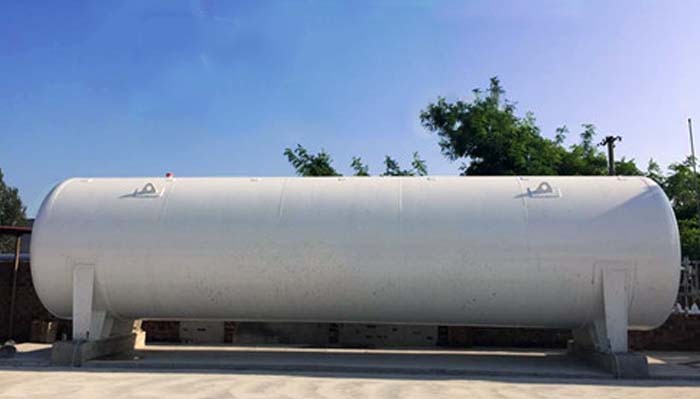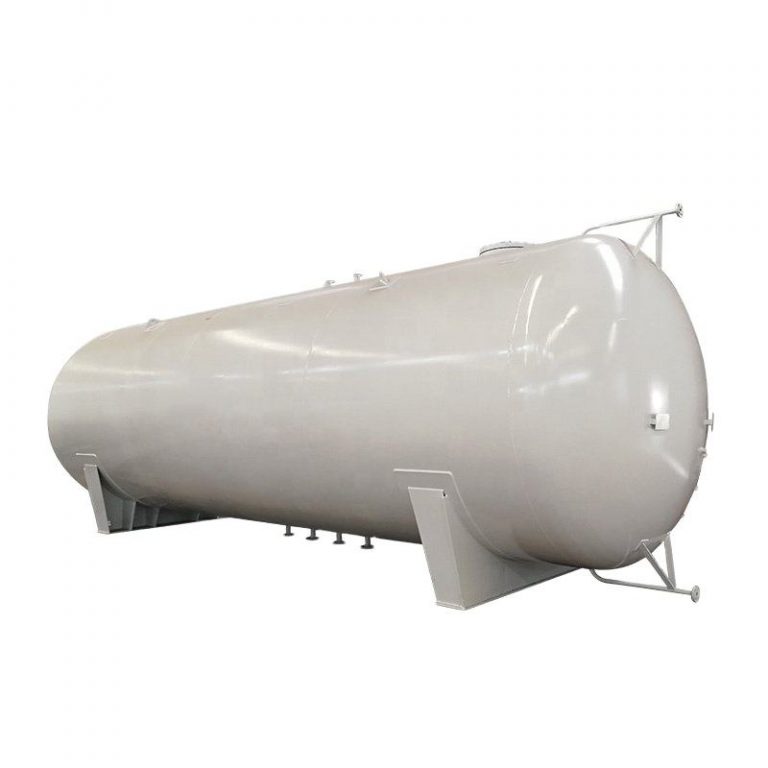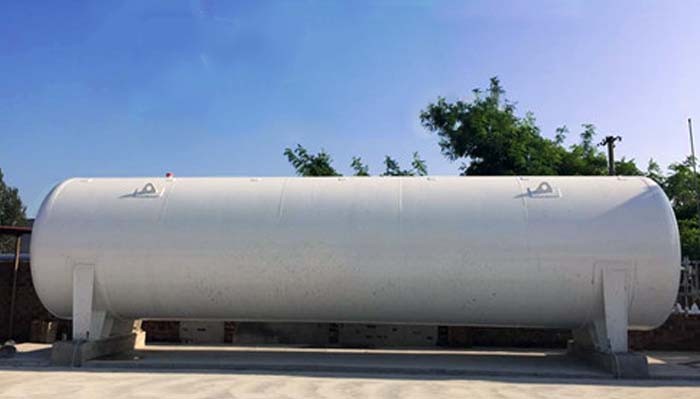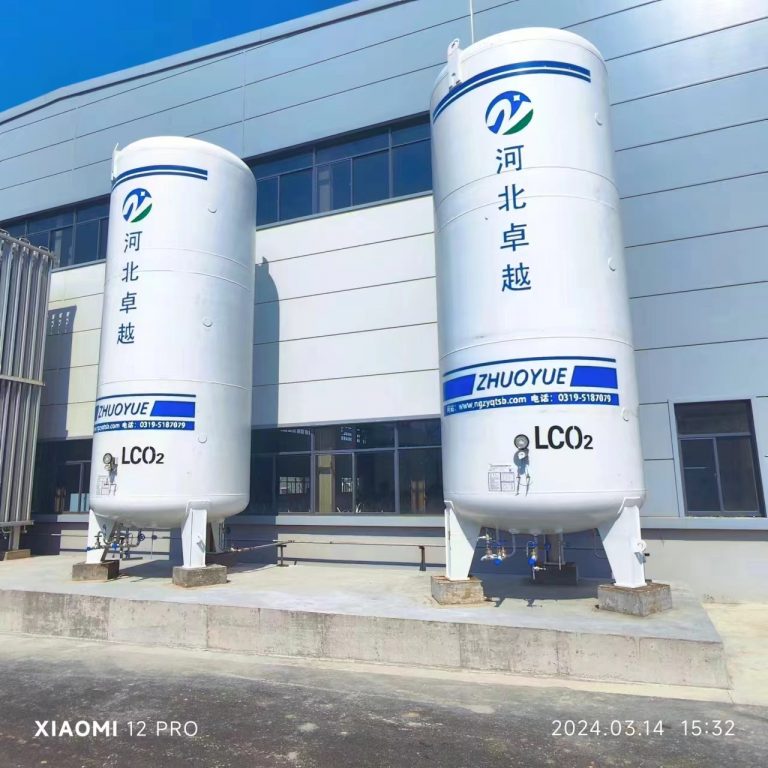A liquified natural gas (LNG) gasification pressure regulating station is a facility that is used to regulate the pressure of LNG as it is converted from a liquid to a gas. This is an important process in the distribution of LNG, as the pressure of the gas must be carefully controlled in order to ensure safe and efficient transport.
LNG gasification unit
There are several key components to an LNG gasification pressure regulating station. The first is the gasification unit itself, which is responsible for converting the LNG from a liquid to a gas. This is typically done using heat exchangers, which transfer heat from an external source to the LNG in order to vaporize it.
The gasification unit is typically connected to a network of pipes and valves, which are used to control the flow and pressure of the LNG as it is being converted. These pipes and valves are equipped with sensors and other monitoring devices, which allow operators to carefully control the pressure of the gas as it is being distributed.
In addition to the gasification unit and the piping network, an LNG gasification pressure regulating station also includes a number of other important systems and components. These may include compressors, which are used to increase the pressure of the gas as needed; storage tanks, which are used to hold the LNG in liquid form; and safety systems, which are designed to protect workers and the surrounding community in the event of a leak or other emergency.
Overall, an LNG gasification pressure regulating station is a critical component of the infrastructure that is used to distribute LNG around the world. It plays a vital role in ensuring the safe and efficient transport of this important energy source, and is essential for meeting the growing demand for natural gas.

Considerations of LNG gasification station
In addition to the basic functions of an LNG gasification pressure regulating station, there are a number of other factors that must be taken into consideration in order to ensure the safe and efficient operation of these facilities. These may include the design and layout of the facility, the materials and equipment used, and the training and qualifications of the personnel who work there.
One of the key considerations in the design of an LNG gasification pressure regulating station is the safety of the facility. This includes both the safety of the personnel who work there and the safety of the surrounding community. To this end, LNG gasification pressure regulating stations are typically designed with a number of safety features, such as emergency shutdown systems, fire suppression systems, and alarms.
Another important factor to consider is the environmental impact of the facility. LNG gasification pressure regulating stations can have a significant impact on the environment, both in terms of the greenhouse gases that are emitted during the gasification process and the potential for leaks or spills. As such, it is important for these facilities to be designed and operated in a way that minimizes their environmental impact.
Finally, the cost of building and operating an LNG gasification pressure regulating station is another important factor to consider. These facilities can be expensive to build and maintain, and the cost of operating them can be significant. As such, it is important to carefully evaluate the costs and benefits of building and operating these facilities, in order to ensure that they are a cost-effective means of distributing LNG.
In conclusion, an LNG gasification pressure regulating station is a critical component of the infrastructure used to distribute LNG around the world. It is responsible for regulating the pressure of LNG as it is converted from a liquid to a gas, and is essential for ensuring the safe and efficient transport of this important energy source. By carefully considering the design, operation, and cost of these facilities, it is possible to ensure that they are operated safely and efficiently, while also minimizing their impact on the environment.






